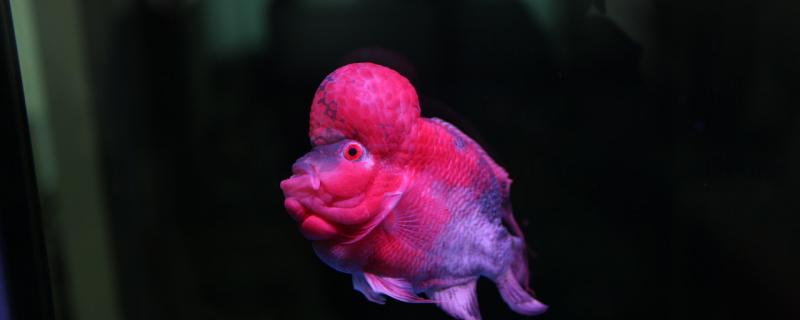 1. How can I get it when I don't eat it?
1. How can I get it when I don't eat it? It may not be completely good when I don't eat it. At this time, the breeder should not continue to feed food. Because they have a certain ability to endure hunger, there will be no big problems if they don't eat for a few days. In addition, even if they are completely well, their appetite will not increase too fast, so they will not eat for several days.
If breeders want Siraitia grosvenorii to eat as soon as possible, they can use a heating rod to raise the water temperature to 32 ℃. In a high temperature environment, their metabolism will increase and their appetite will naturally improve. You can also bask in the sun for Siraitia grosvenorii every day, and more sunshine can also improve their resistance and appetite. After their appetite is better, the breeder can feed some digestible food, but the feeding amount should not be too large, and it can be controlled at half or two-thirds of the usual feeding amount.
2. How to prevent enteritis of Siraitia grosvenorii1. Timing and quantitative feeding: In order to avoid enteritis of Siraitia grosvenorii, breeders need to feed food regularly and quantitatively. The frequency and amount of Siraitia grosvenorii feeding in infancy should be higher, but in adulthood, it is best for breeders to feed it 1-2 times a day, and each time they are fed to 70% full.
2. Ensure food cleanliness: Bacteria and parasites are also the main causes of enteritis in Siraitia grosvenorii, and breeders need to clean it when feeding food. If it is animal feed, it is best to put it in the refrigerator first. In a low temperature environment, bacteria and parasites will die. If it is live bait, it is best to wash it with potassium permanganate solution first.